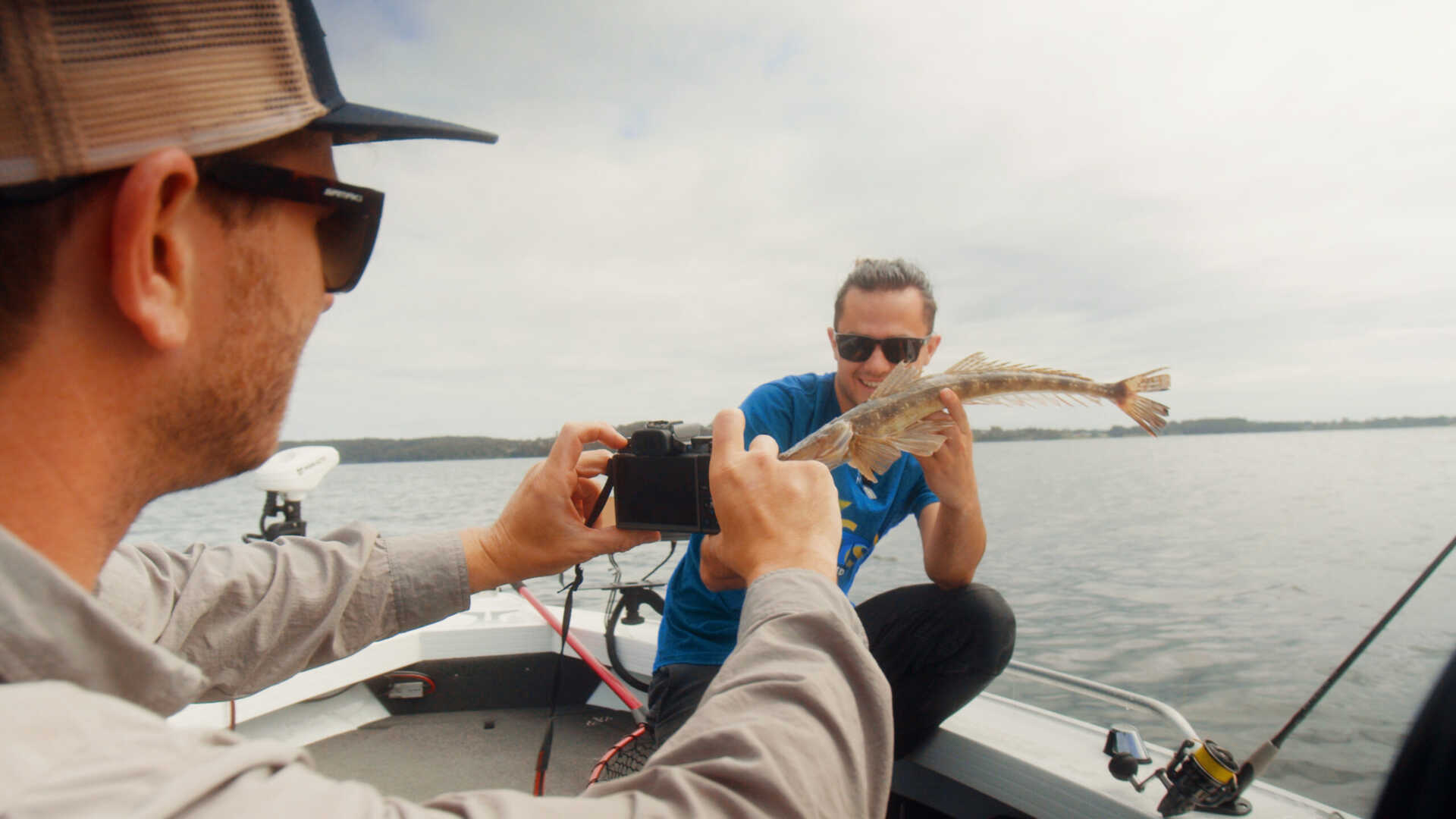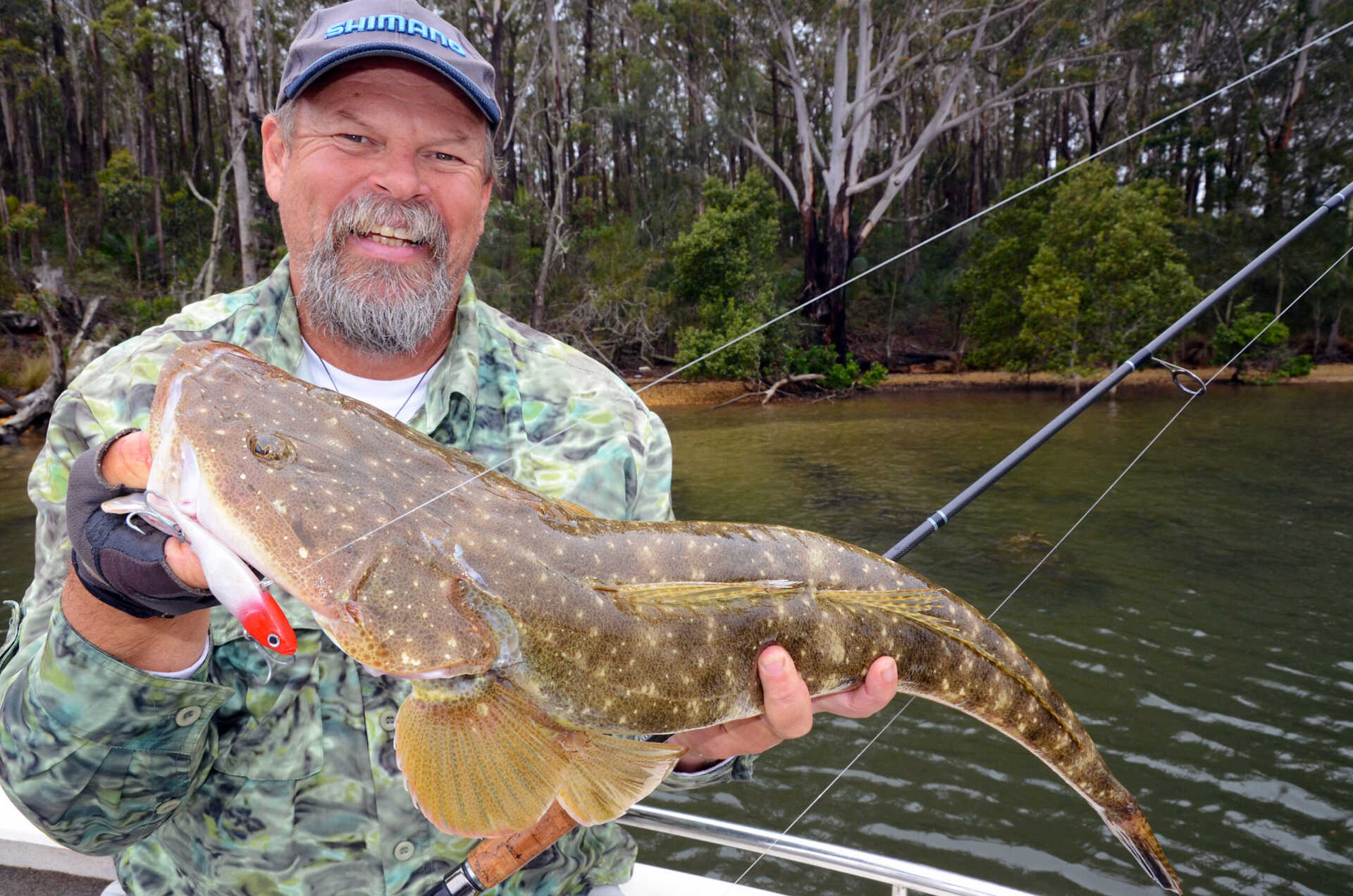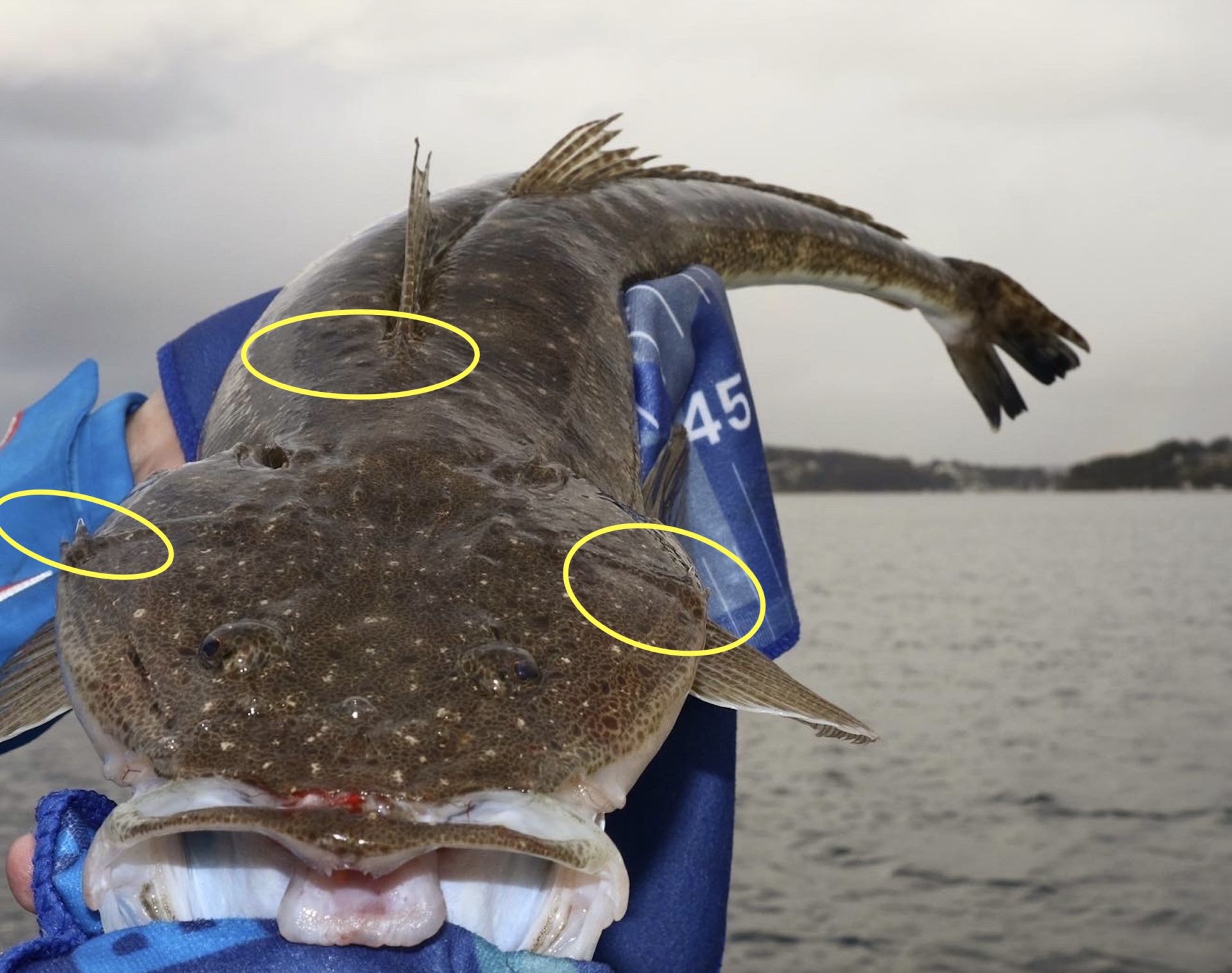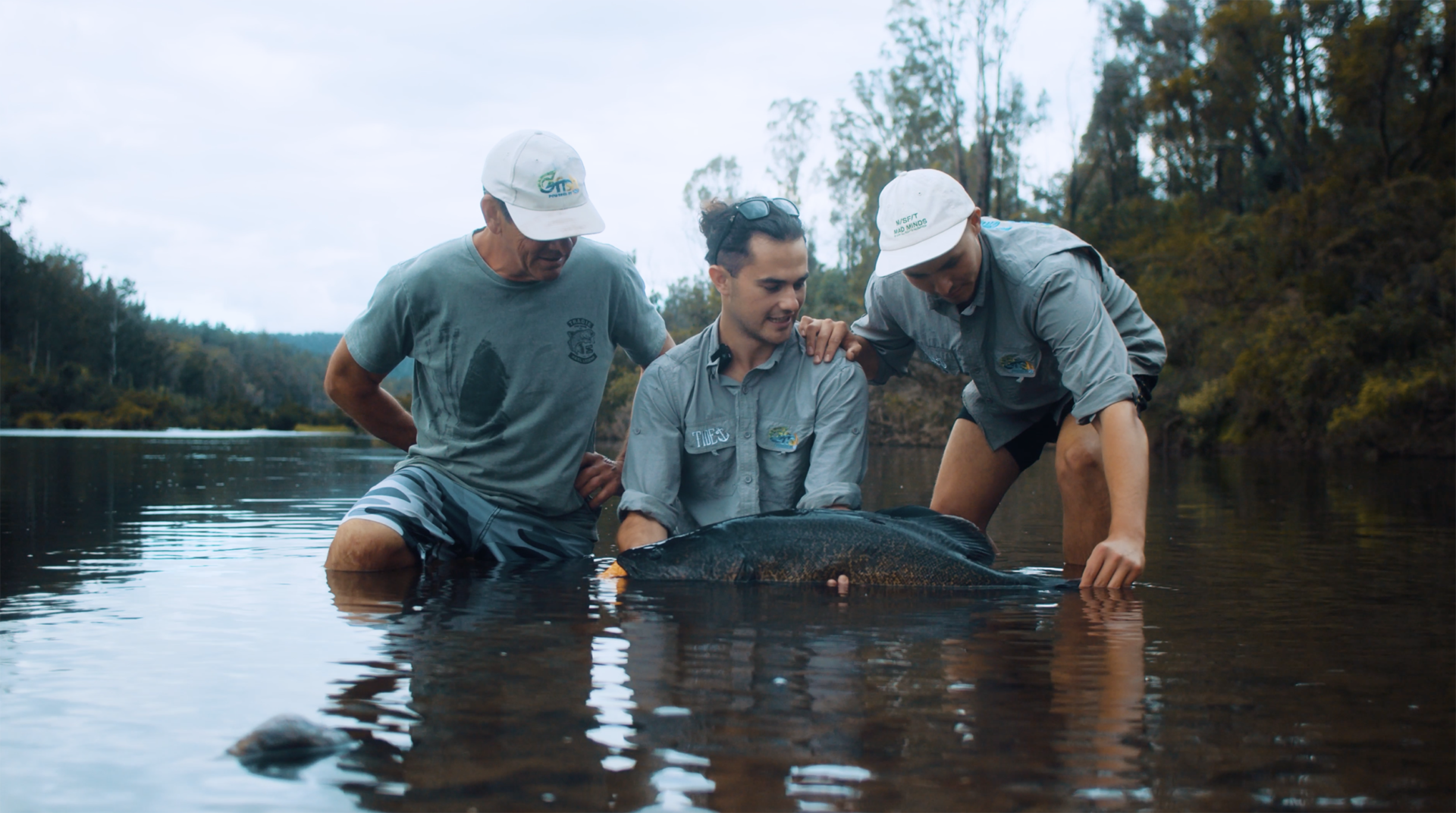A guide to correct fish handling

Fish. We love them 99% of the time. That’s until one of them kicks out and spikes us in the hand.
It’s a short but frustrating pain that has usually stemmed from the loose grip or incorrect hold on the fish we have just caught and is a rather humbling experience after potentially just catching the fish of the day.
Aside from the inconvenience it causes us, however, fish handling has a far more important role to play in the context of supporting our fish populations.
With more and more anglers jumping on the catch and release bandwagon, it’s important that we, as fishers, are treating these fish with a level of care to ensure they have the best chance of survival post-release.
With fishing set to take the front seat in the post-lockdown era of many of our Aussie states, we contacted OzFish Ambassador and Australian fishing icon Steve Starling to help us with our ultimate guide to fish handling, which covers everything from what you need to look out for, where you need to hold the fish, and some sneaky tricks of the trade that our ambassadors have learnt along the way.
WHERE ARE THE SPIKES ON FLATHEAD?
In what is one of the most accessible and highly sought-after fish on the eastern seaboard, dusky flathead (and its relative counterparts) can be one of the more difficult fish to handle.
Their flat body shape and lizard-like tendencies mean that they are less ‘conventional’ than some of our fish species that we often find ourselves catching.
Like many fish species, the number one priority when it comes to handling flathead is understanding its defence mechanism: the three spikes it possesses in and around its head. Used to keep other predating fish away, flathead utilises these spikes by thrashing their head side to side, which sees these spikes puncture their target.
If you have ever had a flathead hit the deck of your boat once it is landed, you’ll notice it wiggles side to side for a few seconds. This is in fact that flathead implementing this defence mechanism.
WHAT IS A GILL-RAKER?
There’s a lot of confusion about so-called “gill rakers”… Many people use that term to refer to the spikes and sharp cutting edges on the outer edges of a fish’s gill covers or plates, known as the pre-operculum and operculum. Technically, however, these are NOT gill rakers.
True gill rakers are bony or filamentous “fingers” that project from the branchial arches (gill arches) inside the gill structures of some fish.
They extend from the opposite side of each gill arch to the blood-rich, red filaments used to extract oxygen from the water. Gill rakers are used to strain or sieve small food items such as plankton, krill and tiny fish from the water when feeding.
They can also cause nasty injuries to careless fingers inserted into the gills of fish such as estuary and gold spotted cod, mulloway and various other species with sharp, stout rakers… Mind you, you shouldn’t be inserting your fingers into the gills of any fish intended for release… ever!
WHERE DO I PUT MY HANDS?
When holding any fish, it’s best to wet your hands first (or gloves, if you’re wearing them) and then support the fish with one hand cradled under its belly and the other firmly wrapped around its tail wrist or caudal peduncle. Support the fish’s weight at all times and do your best not to drop it!
SHOULD I USE A RAG OR A DAMP GLOVE?
Gloves can be very useful for handling fish and preventing injury to both yourself and the catch, but choose gloves that are not too abrasive or coarse, and make sure they are thoroughly wet before handling the fish.
If you don’t have suitable gloves, a wet towel or piece of rag will do the same job at a push, but again, avoid excessively coarse or abrasive materials, try not to remove too much of the fish’s slime coat, and avoid making direct contact with its eyes or gill arches.
HOW LONG SHOULD I KEEP THE FISH OUT OF THE WATER FOR?
As a rough rule, don’t hold a fish out of the water any longer than you can hold your own breath! One to two minutes should be regarded as an absolute maximum.
WHAT FISH CAN I PUT MY FINGER IN ITS MOUTH? WHY DO SOME HAVE SHARP TEETH AND OTHERS DON’T?
Some species can be safely “jaw gripped” with a thumb inside the lower jaw and the other fingers wrapped under the jaw, but they should never be lifted or suspended solely via this grip: always place a second (wet) hand under their belly and support them horizontally.
Australian bass, estuary perch, golden perch, Australian salmon and several other species can be safely held this way. So can Murray cod and flathead, but both are very likely to inflict quite painful cuts and scratches to your thumb in the process!
Others — like snapper, big bream, mangrove jacks, tailor and mulloway — can seriously damage your thumb or fingers, causing puncture wounds, deep cuts and crushing injuries. Unless you can clearly identify your catch and know the species well, it may be best to avoid jaw gripping it.
This project has been assisted by the New South Wales Government through its Environment Trust.
Interested in learning more about these types of things? Head over to our Growing River Stewardship page for more tips and tricks on how you can be a more responsible angler this year.






